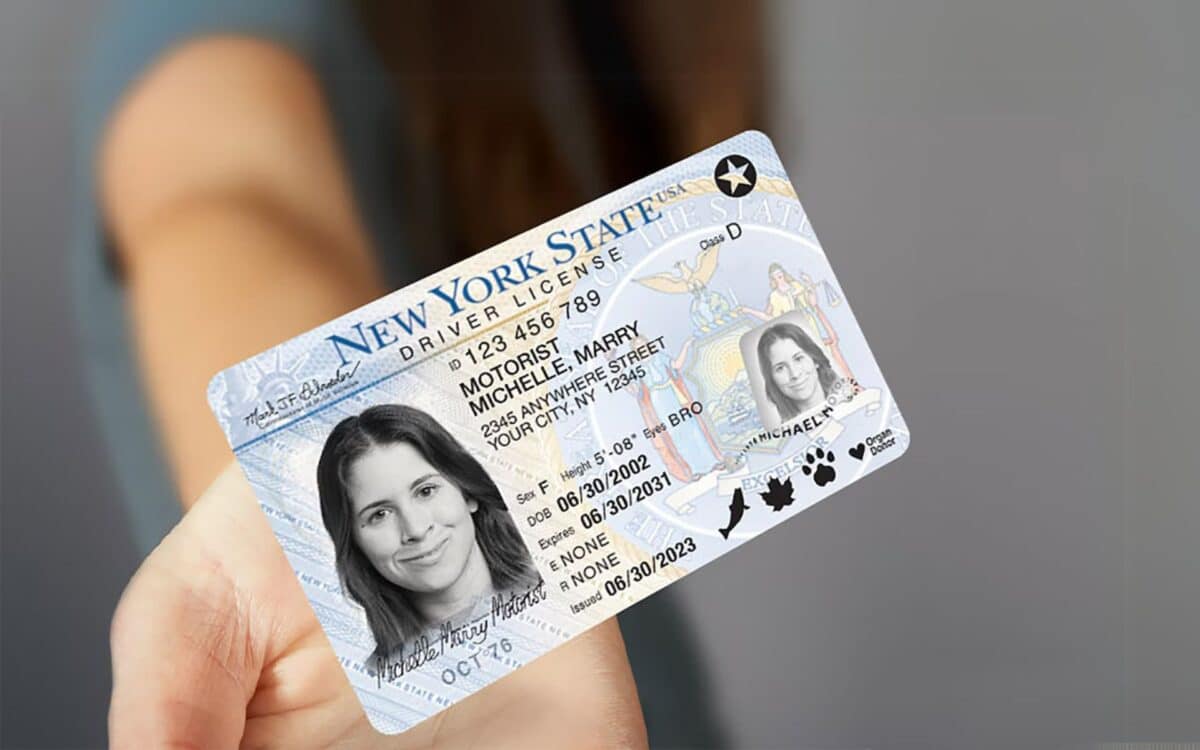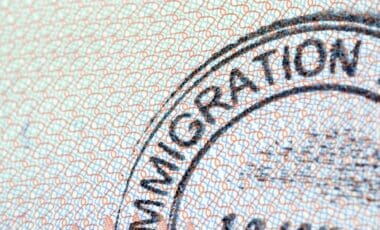The upcoming enforcement of the REAL ID Act, set for May 7, 2025, has prompted a surge of questions across the United States about what qualifies as acceptable identification.
Travelers and residents alike are trying to understand the practical differences between a REAL ID and an Enhanced Driver’s License (EDL)—two credentials that are federally compliant but serve distinct roles.
As Newsweek reports, the law originated from a 2005 congressional decision to implement recommendations made by the 9/11 Commission, aiming to strengthen and unify ID security standards nationwide. The distinction now affects access to flights, federal buildings, and more.
Understanding the Real ID Requirement
Beginning May 7, 2025, adults aged 18 and older will need a REAL ID-compliant document to board domestic commercial flights, enter federal buildings, or access nuclear facilities. Standard driver’s licenses will no longer be accepted for these purposes.
According to TSA Administrator David Pekoske,
“Identity verification is foundational to security. I urge those who use a driver’s license or state-issued identity card as their primary form of identification to access federal facilities or board commercial passenger aircraft, to ensure these credentials are REAL ID-compliant.”
What Is an Enhanced Driver’s License?
An Enhanced Driver’s License (EDL) is a federally approved alternative to the REAL ID that provides additional travel functionality.
Currently issued by Michigan, Minnesota, New York, Vermont, and Washington, the EDL can be used not only for domestic flights but also to cross the U.S. land and sea borders with Canada, Mexico, Bermuda, and the Caribbean.
It is not, however, valid for international air travel.
The Michigan Department of State confirms:
“Enhanced licenses and IDs are automatically REAL ID-compliant, regardless of whether they display the star.”
Similarly, the Minnesota Department of Public Safety states,
“An enhanced driver’s license or identification card meets the standards of REAL ID. You must be a U.S. citizen and at least 16 years old to have an enhanced card.”
ID Card Design and Real ID Indicators
REAL ID-compliant cards are typically marked with a gold star. In Michigan, the legacy design includes a star in a gold circle, while the new version incorporates a star within the silhouette of Michigan. Both are valid until January 2029.
The Washington State Department of Licensing emphasizes that REAL ID is not an actual document but a set of federal standards.
Therefore, both Enhanced IDs and certain other credentials are valid under these rules.
Accepted forms of identification under the REAL ID Act in Washington State include:
- Enhanced driver’s license (EDL)
- Enhanced identification card (EID)
- U.S. Passport
- U.S. Passport Card
- U.S. Military ID
- Permanent Resident Card (Green Card)
- Federally recognized tribal-issued photo ID
- U.S. Employment Authorization Card (I-766)
- Foreign Passport
Early State Outreach and Local Agency Statements
Outreach for the upcoming transition began long ago in several states. Matthew Rousseau, Deputy Commissioner of the Vermont DMV, explained :
“Vermont began outreach regarding the impending deadline for Real ID back in January of 2014. Regular outreach since that date has included information on the benefits of the enhanced driver’s license beyond what the Real ID can be used for.”
Officials in New York are urging residents to act promptly. DMV Commissioner Mark J.F. Schroeder stated:
“If you have a flight in your near future, the time is now to get a REAL ID. We are just a few short weeks away from the REAL ID deadline, and you can prevent the burden of delays by getting yours now.”
Making an appointment online is the best way to get in and out of a DMV office quickly.
Limited Appointment Availability in High-Demand Areas
In regions such as New Jersey, residents have reported difficulty finding available DMV appointments, with some waiting days or even weeks. One resident whose license had expired described being unable to secure a renewal appointment in time.
As the deadline nears, states have expanded office hours to meet rising demand, but capacity issues persist in certain areas.
what travelers need to do
For those without a REAL ID or Enhanced ID, applying before the deadline is recommended. Applicants generally need to provide:
- A current driver’s license or ID
- A valid U.S. passport or birth certificate
- Proof of legal residency
- A certified name-change document, if the name differs from the birth certificate
Appointments may be made online in most states to streamline the process.









